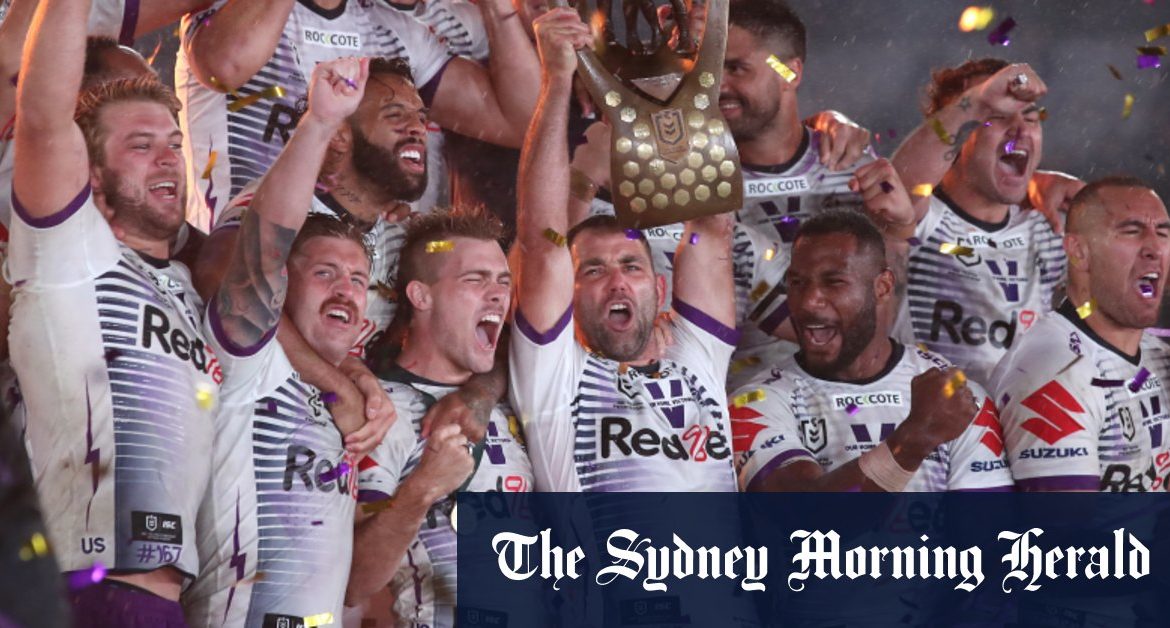“The important thing people forget is our broadcasters provide all the production which is worth about $50 million.”
But what V’landys was a little more coy on was the deals he cut with Marks and Foxtel boss Patrick Delany after intense renegotiation of their existing contracts last year.
The NRL wants to secure its free-to-air broadcast partner from 2023 by the end of the year.Credit:Getty
Nine forecast it would save $27.5 million in each of the 2021 and 2022 financial years under revised agreements, but the entire discount was hidden from public view when the NRL released its annual report last week.
There is still uncertainty about how much Foxtel paid to for its five-year extension from 2023, which was announced on the same night the NRL resumed after its COVID break last year.
Loading
Asked about the lack of clarity over the NRL’s current and future TV income, V’landys said: “A lot of the figures [reported] are completely inaccurate.
“What people haven’t taken into account is we played 20 per cent less games [last year], we didn’t play a Test match and didn’t play the Pacific nations games. And the discount we gave was less than that. I’m very happy with the deal we did given the less product we provided. That’s what everyone forgets.
“I’ll tell you who did better [out of the NRL and AFL] over three years because let’s just see how their accounts are next year. I pride myself on commercial in confidence, I pride myself on when you do a deal you look after your partners to keep the commercial sensitivity to it. I’ll cop the brickbats if I need to.”
V’landys said he has agreed to meet “sooner rather than later” with newly-appointed Nine boss Mike Sneesby, who beat other senior Nine executives to be Marks’ successor. Sneesby has been the chief executive of Nine’s streaming service Stan.
The introduction of six-again calls for ruck infringements last year was designed to appease broadcasters frustrated with the on-field product, a move which the NRL has doubled down on this year. It will also be used for offside offences while there will be a reduction in scrums to help speed up the game.







